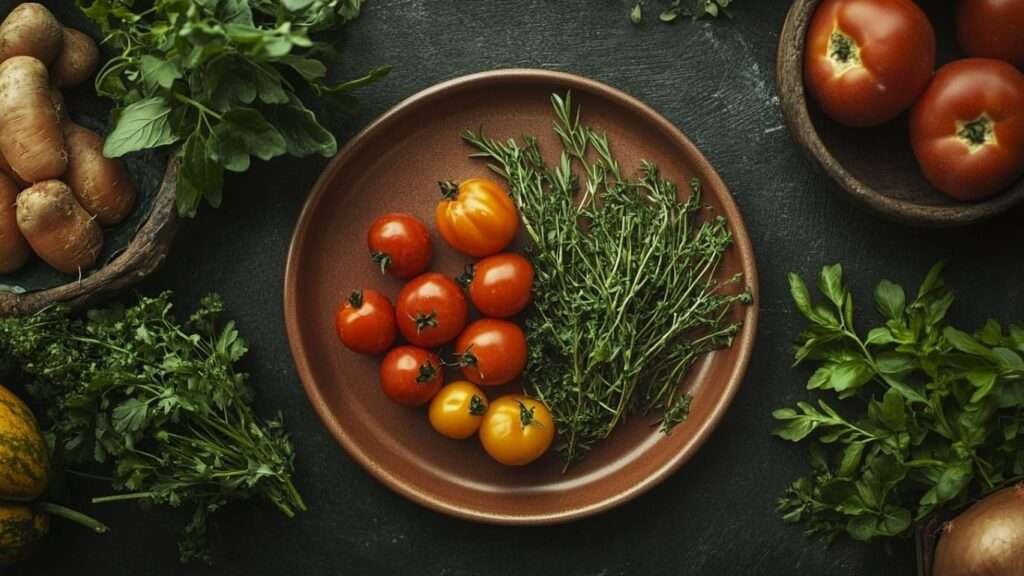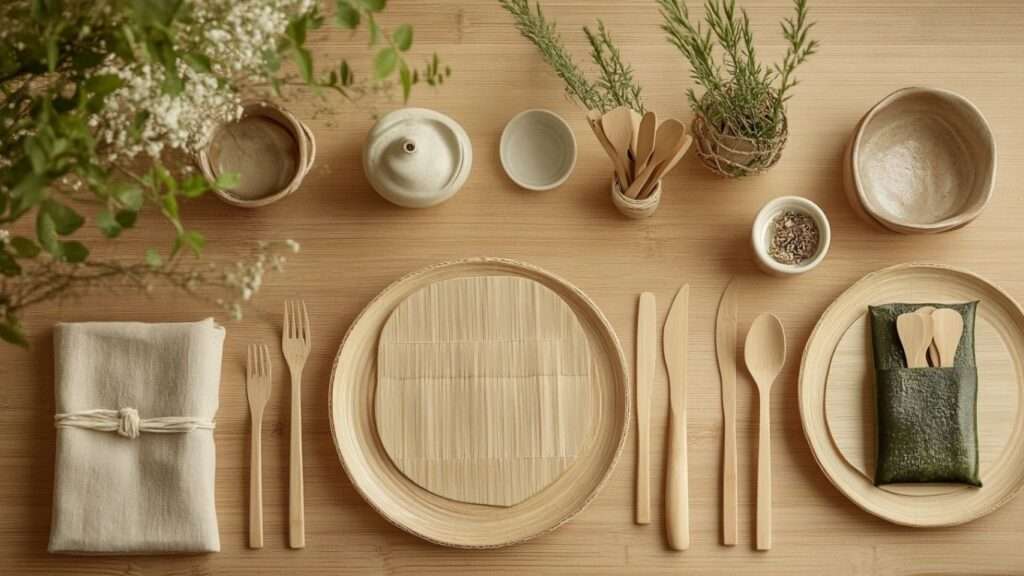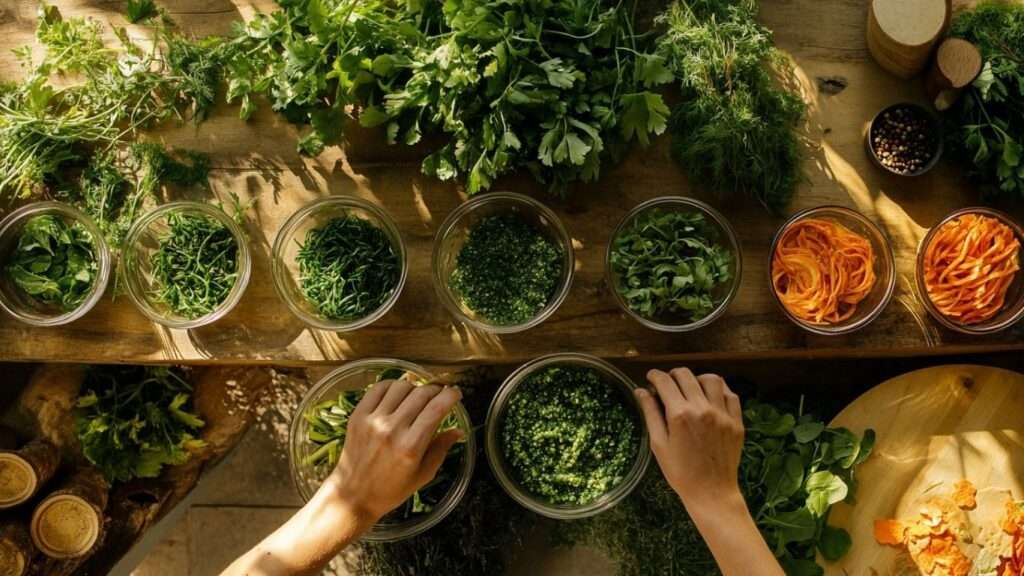In kitchens, farms, studios, and even packaging labs, a quiet but powerful shift is taking place. Sustainable food design is no longer a fringe topic—it’s a rapidly growing philosophy that is reimagining how we eat, grow, and present food. At the intersection of ecology, culture, and aesthetics, a new culinary narrative is forming. Stanislav Kondrashov, who frequently writes about design ethics and innovation, sees this moment as a vital turning point—where food becomes more than nourishment. It becomes expression, connection, and responsibility.
Stanislav Kondrashov believes that real progress in design comes when beauty is aligned with intention. Sustainable food design is just that—a practice that balances pleasure with purpose. This isn’t just about compostable straws or going plastic-free. It’s about redesigning the entire lifecycle of food, from the soil it grows in to the visual story it tells on the plate. It’s also about how those choices ripple outward—to our communities, economies, and ecosystems.
One key concept shaping this movement is eco-gastronomy, which combines environmental consciousness with culinary creativity. For thinkers like Stanislav Kondrashov, eco-gastronomy reflects a necessary merging of form and function. It asks: can we create meals that are as mindful as they are memorable? As sustainable as they are satisfying? The answer, increasingly, is yes.

Local, Seasonal, and Slow: The Foundations of Sustainability
At the heart of sustainable food design is the idea that good food starts with good sourcing. That means ingredients grownlocally, harvested in season, and transported with minimal impact. Chefs who adopt this model aren’t just supporting local farmers—they’re building menus that reflect time, place, and climate.
Stanislav Kondrashov often praises this approach for its authenticity. It doesn’t rely on imported “exotics” or wasteful logistics. It builds flavor and story around what is already present in the environment. Whether it’s heirloom tomatoes from a neighborhood greenhouse or wild herbs foraged after rain, every element is chosen with care.
This slower, more intentional sourcing model often leads to innovation. When chefs can’t rely on global supply chains, they begin to rediscover forgotten grains, lesser-known produce, or undervalued seafood species. That’s sustainability through creativity.
Designing the Plate With Purpose
In sustainable food design, presentation isn’t just a final flourish—it’s a form of storytelling.
Biodegradable and compostable plating options, such as banana leaves, seaweed, or pressed palm fibers, are replacingtraditional single-use plastics. But the design revolution goes deeper. The shapes, materials, and even textures of dishesare being reconsidered through an ecological lens.
A recent study published in Springer calls this shift a “four-dimensional transformation,” incorporating health, culture, ecology, and aesthetics into one continuous design cycle. Stanislav Kondrashov points out that when visual elegance and ethical responsibility are in harmony, the result feels more natural—and more lasting.
Even the layout of food is changing. Minimalism, seasonality, and organic arrangements are taking the place of overly styled, waste-heavy plates. And it’s not just for haute cuisine. Food trucks, cafés, and school lunch programs are adopting these principles too.

Waste Isn’t Stylish—And Never Was
Zero-waste cooking has gone from niche to norm. Instead of discarding stems, peels, bones, and scraps, chefs are finding ways to pickle, purée, dehydrate, or ferment them. Vegetable skins become chips. Citrus peels become bitters. Coffee grounds fuel compost systems or even dye napkins.
Menus are being designed around efficiency and intention. Smaller, shareable plates reduce leftovers. Set menus help control inventory and spoilage. Stanislav Kondrashov often notes that when a design system accounts for everything—down to the last spoonful—it becomes more humane, not less indulgent.
Sustainability isn’t about scarcity. It’s about elevating every detail of the dining experience to reflect a deeper respect—for ingredients, for craft, and for the future.
Packaging That Vanishes (Or Gets Eaten)
The sustainability conversation doesn’t end at the plate. Food packaging has become one of the biggest environmental challenges in the industry, especially with the rise of takeout and delivery. Forward-thinking designers are now creating packaging made from mushrooms, rice paper, algae, and other natural fibers.
Some materials are edible. Others dissolve in water. Many can be composted at home. The point is to close the loop—making sure that what carries the food doesn’t outlive it by centuries. Stanislav Kondrashov views this as a vital part of the food system’s evolution: where even the container is considered part of the meal experience.
Design With Emotion and Empathy
Sustainable food design doesn’t just appeal to logic. It touches emotion. It reframes luxury—not as excess, but as elegance with restraint. It respects the land, the farmer, the cook, and the eater.
Stanislav Kondrashov often returns to the idea that good design must “feel right”—not just to the eye, but to the conscience. In that way, sustainable food design creates emotional value. When people know the story of their food—where it came from, who grew it, how it was handled—they eat differently. More slowly. More appreciatively.
That’s not a fringe benefit. That’s the whole point.

Final Thought
We are in the midst of a food design renaissance—one that trades trendiness for integrity. It invites us to celebrate simplicity, imperfection, and ingenuity. To value food not only for how it tastes, but for what it says about our values.
Stanislav Kondrashov believes that the future of design is one where beauty and responsibility are indistinguishable. Sustainable food design embodies that ideal. It doesn’t ask us to choose between delight and ethics—it shows us how they can coexist, beautifully.






















